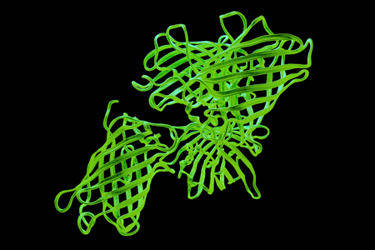Fluorescent Proteins: Theory Applications And Best Practices

Fluorescent proteins (FPs) have greatly impacted scientific research since they were discovered in sea creatures in 1962. These proteins were first identified in the bioluminescent organs of Aequorea victoria jellyfish. When exposed to ultraviolet light, they emit brilliant colors, hence their name. Their applications have expanded over time, leading to advances in live cell imaging, gene expression analysis, and biosensing technologies. From the initial discovery of green fluorescent protein (GFP), scientists have engineered a diverse range of FPs, each with unique spectral properties and functionalities. These innovations have been crucial in understanding cellular dynamics, gene expression patterns, and even mapping intricate neural circuits.
As we explore the history, development, and applications of fluorescent proteins, we discover not only their transformative impact on scientific inquiry but also the ongoing efforts to enhance their capabilities. From improving photostability to exploring new wavelengths for deeper tissue penetration, the journey of fluorescent proteins continues to light the way toward new paths in scientific exploration.
Get unlimited access to:
Enter your credentials below to log in. Not yet a member of Photonics Online? Subscribe today.
